NCV vs. Live Wire Recognition: Key Differences & Best Uses
NCV vs. Live Wire Recognition: Understanding the Differences and Best Uses
When working with electrical systems, safety and accuracy are paramount. Electricians, technicians, and even DIY enthusiasts rely on different tools to detect voltage and ensure circuits are safe to work with. Two commonly used features in modern multimeters and testers are NCV (Non-Contact Voltage) Detection and Live Wire Recognition. While both serve the purpose of detecting voltage, they function differently and are best suited for specific applications.
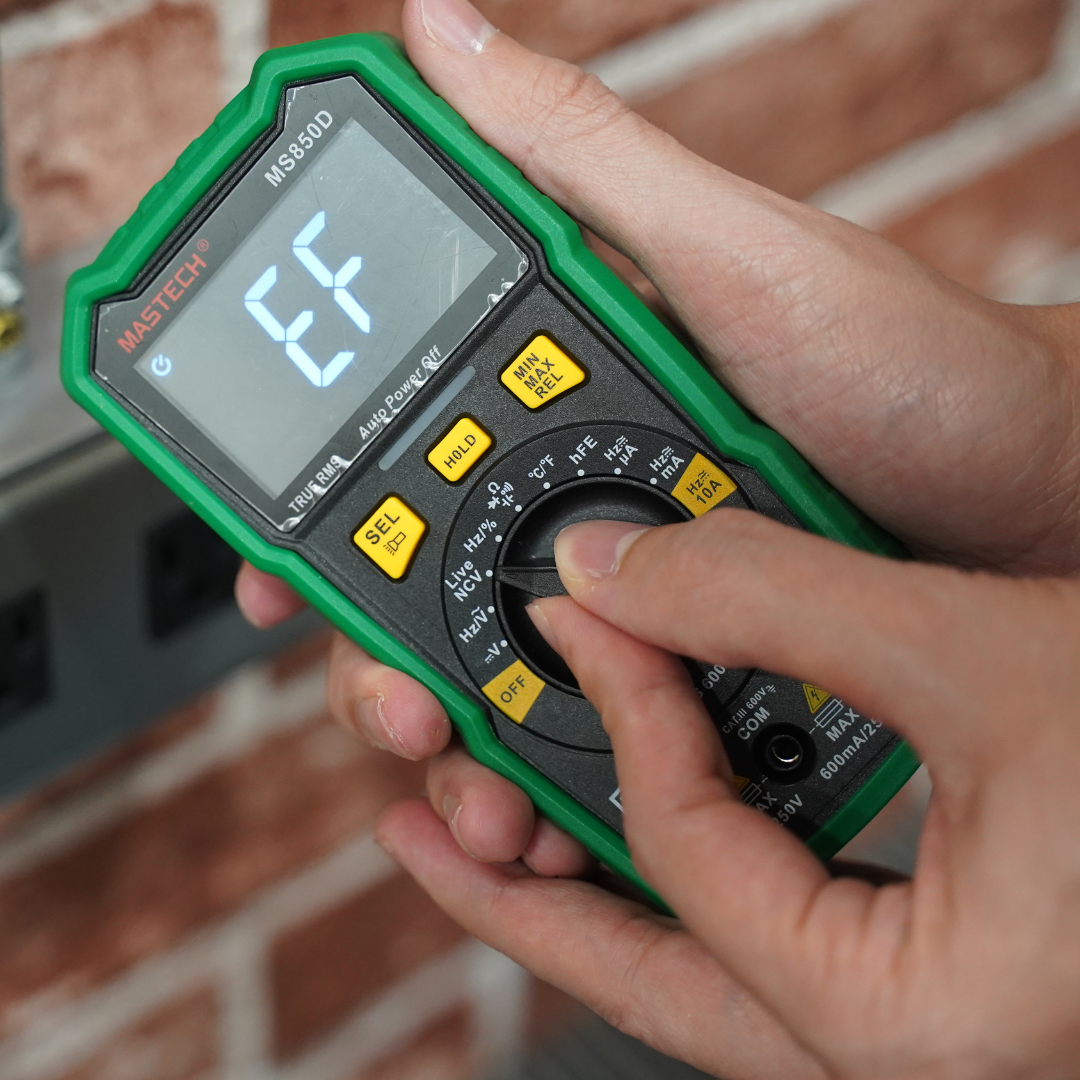

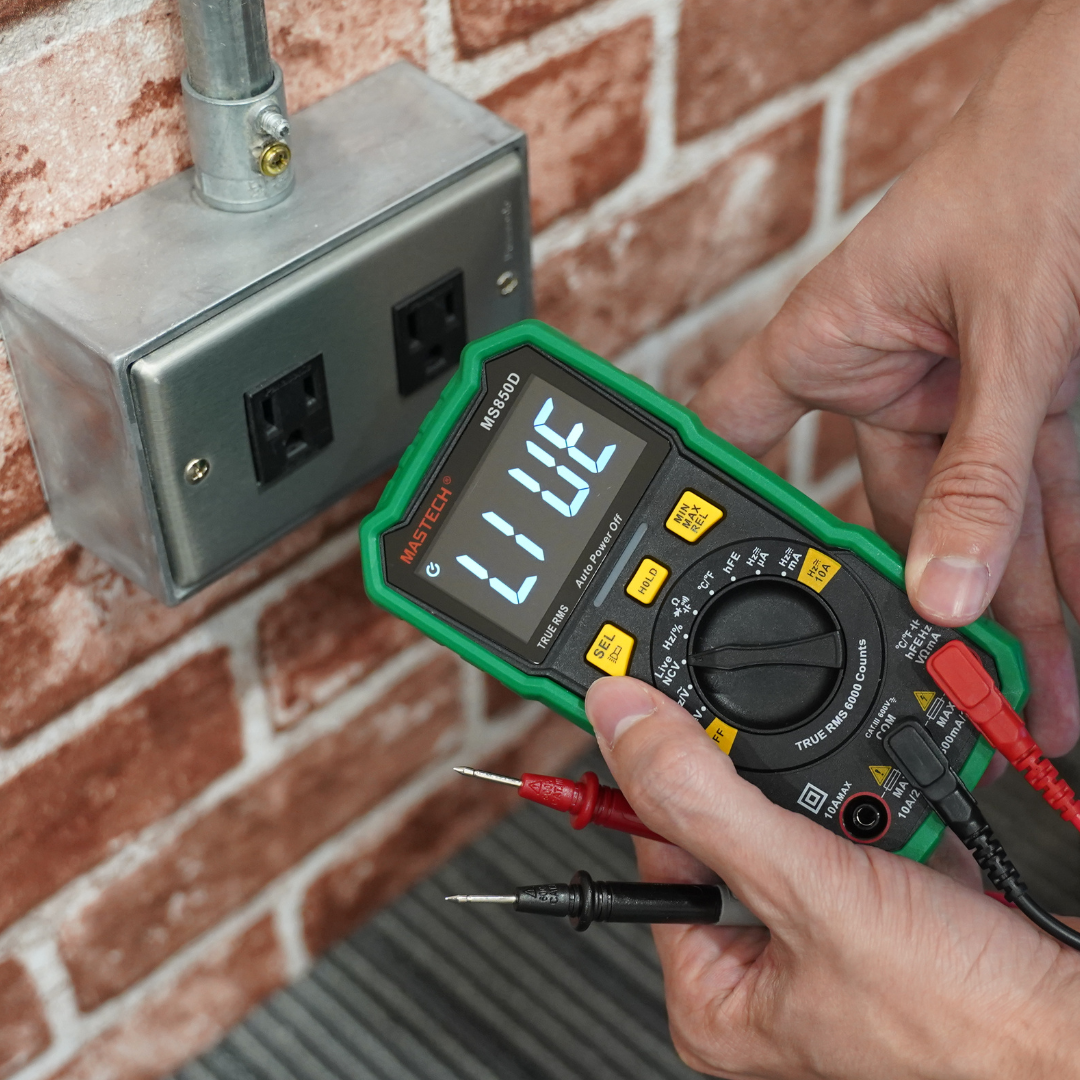

What is NCV (Non-Contact Voltage) Detection?
NCV, or Non-Contact Voltage detection, is a feature that allows users to detect the presence of AC voltage without making direct contact with a wire or electrical component. This is typically done using an integrated sensor that detects the electromagnetic field emitted by live wires. Most multimeters and voltage testers with NCV functionality have an indicator (LED light, buzzer, or screen reading) that alerts the user when voltage is detected.
Key Features of NCV:
- No direct contact with the wire is needed, making it a safer option.
- Detects voltage through insulation, allowing users to test wires in walls or conduits.
- Provides a quick way to check for live circuits before working on an electrical system.
- Usually works within a specific voltage range (e.g., 90V to 1000V AC).
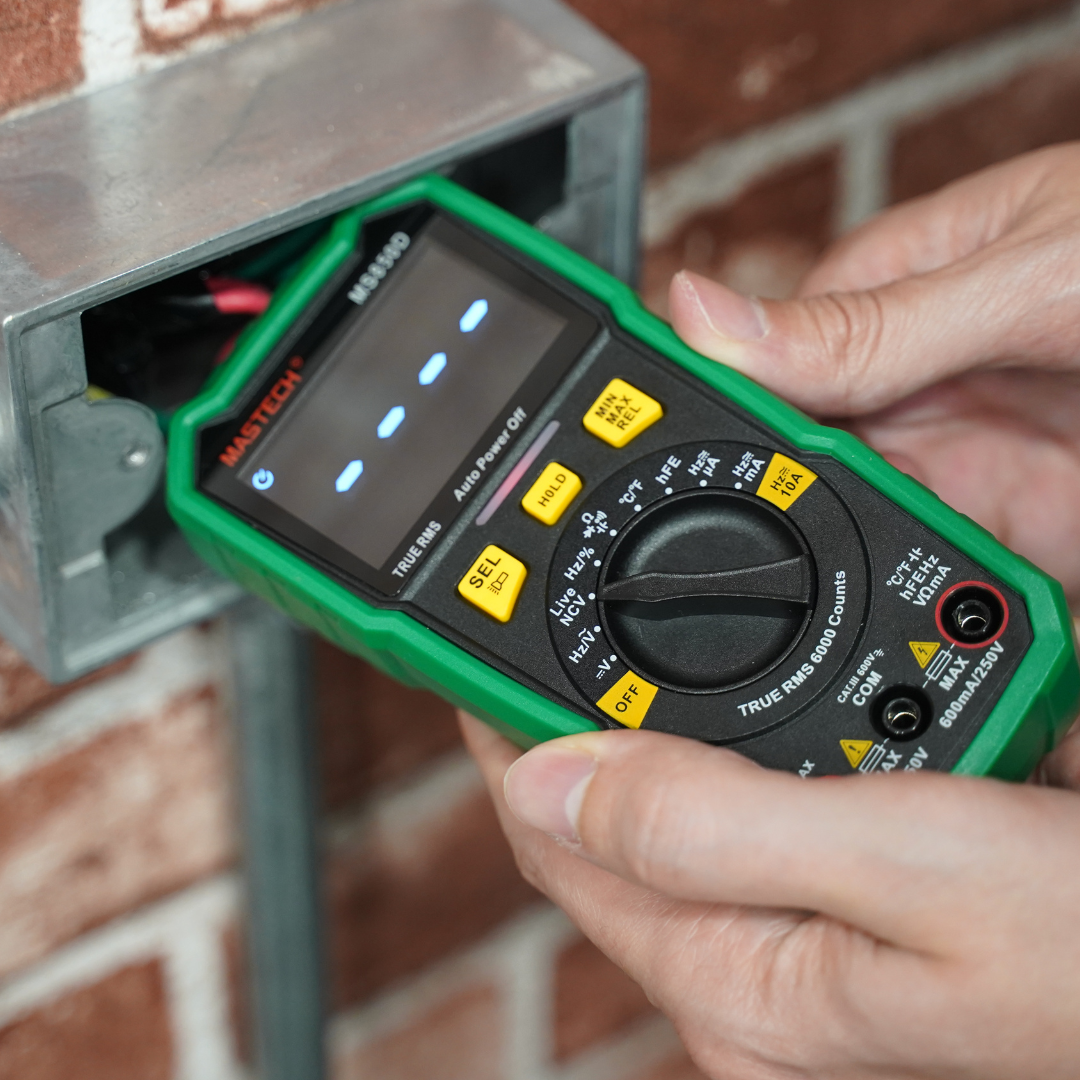

What is Live Wire Recognition?
Live Wire Recognition, sometimes called Live Line Testing, goes a step further than NCV by distinguishing between neutral and live wires. This feature requires direct contact with the wire, helping users determine which wire carries voltage in a circuit.
Key Features of Live Wire Recognition:
- Requires physical contact with the wire, often using a probe.
- Helps identify live wires in multi-wire circuits, such as those found in electrical panels or outlets.
- Can provide a more precise reading compared to NCV, reducing the chance of false positives.
- Works well for identifying incorrect wiring or phase detection in three-phase systems.
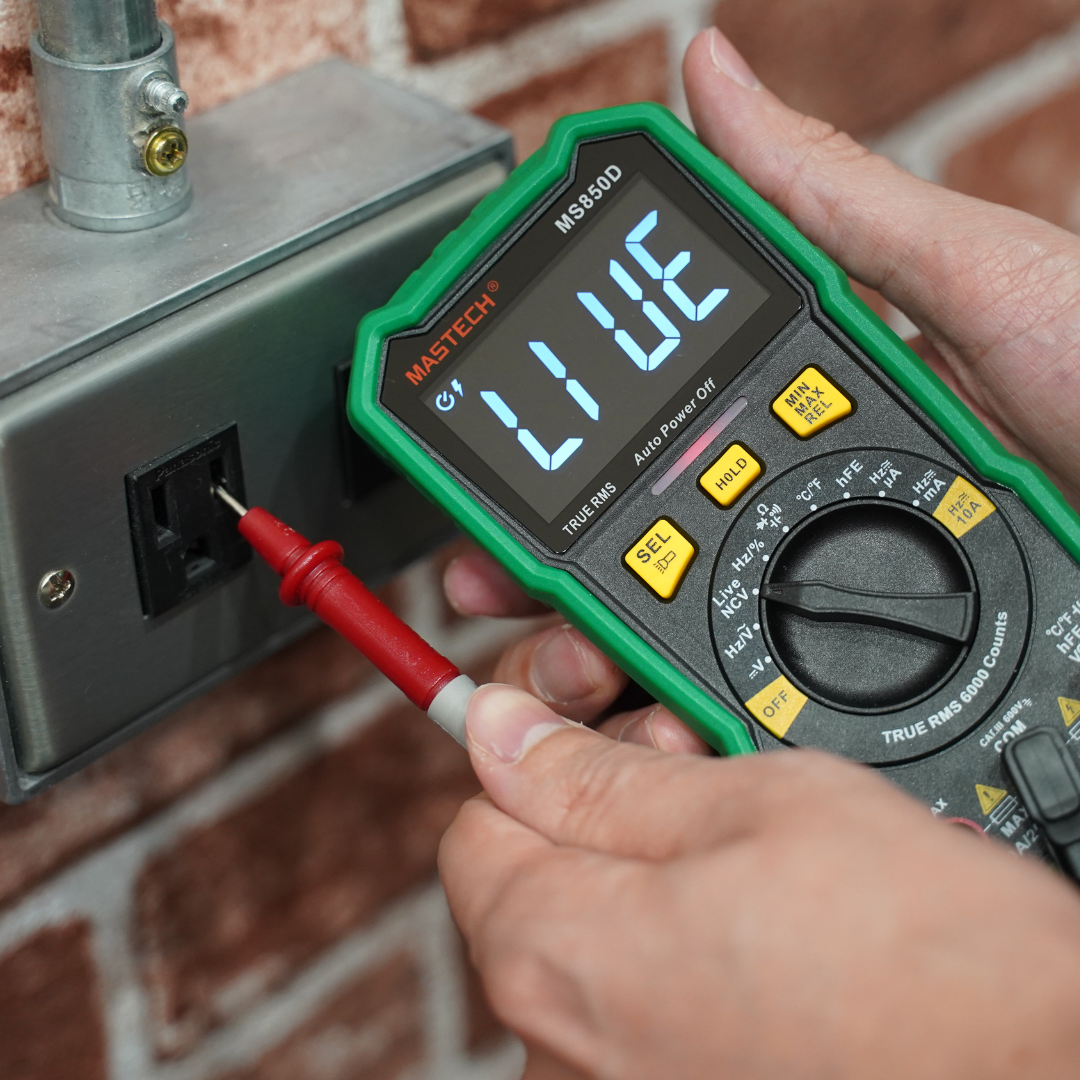

NCV vs. Live Wire Recognition: Key Differences
|
Feature |
NCV (Non-Contact Voltage) |
Live Wire Recognition |
|
Contact Required? |
No (works from a distance) |
Yes (direct probe needed) |
|
Use Case |
Detecting voltage presence |
Identifying live wire in a circuit |
|
Safety |
Safer, no direct exposure |
Requires handling the wire |
|
Accuracy |
Can give false positives due to nearby voltage sources |
More precise for identifying live wires |
|
Best For |
Quick safety checks before working on electrical systems |
Diagnosing and troubleshooting wiring issues |
When to Use NCV vs. Live Wire Recognition
Both NCV and Live Wire Recognition serve important roles, but knowing when to use each can make electrical testing safer and more efficient.
Use NCV When:
- You need to quickly check if a wire or outlet is live without opening or touching it.
- Working in situations where physical contact with wires is risky, such as in crowded junction boxes.
- Checking for hidden live wires behind walls or under insulation.
- Performing preliminary safety tests before handling electrical circuits.
Use Live Wire Recognition When:
- You need to distinguish between live and neutral wires in a circuit.
- Verifying the correct wiring of electrical outlets and panels.
- Diagnosing incorrect or faulty wiring in a system.
- Testing three-phase electrical systems where identifying the phase is necessary.
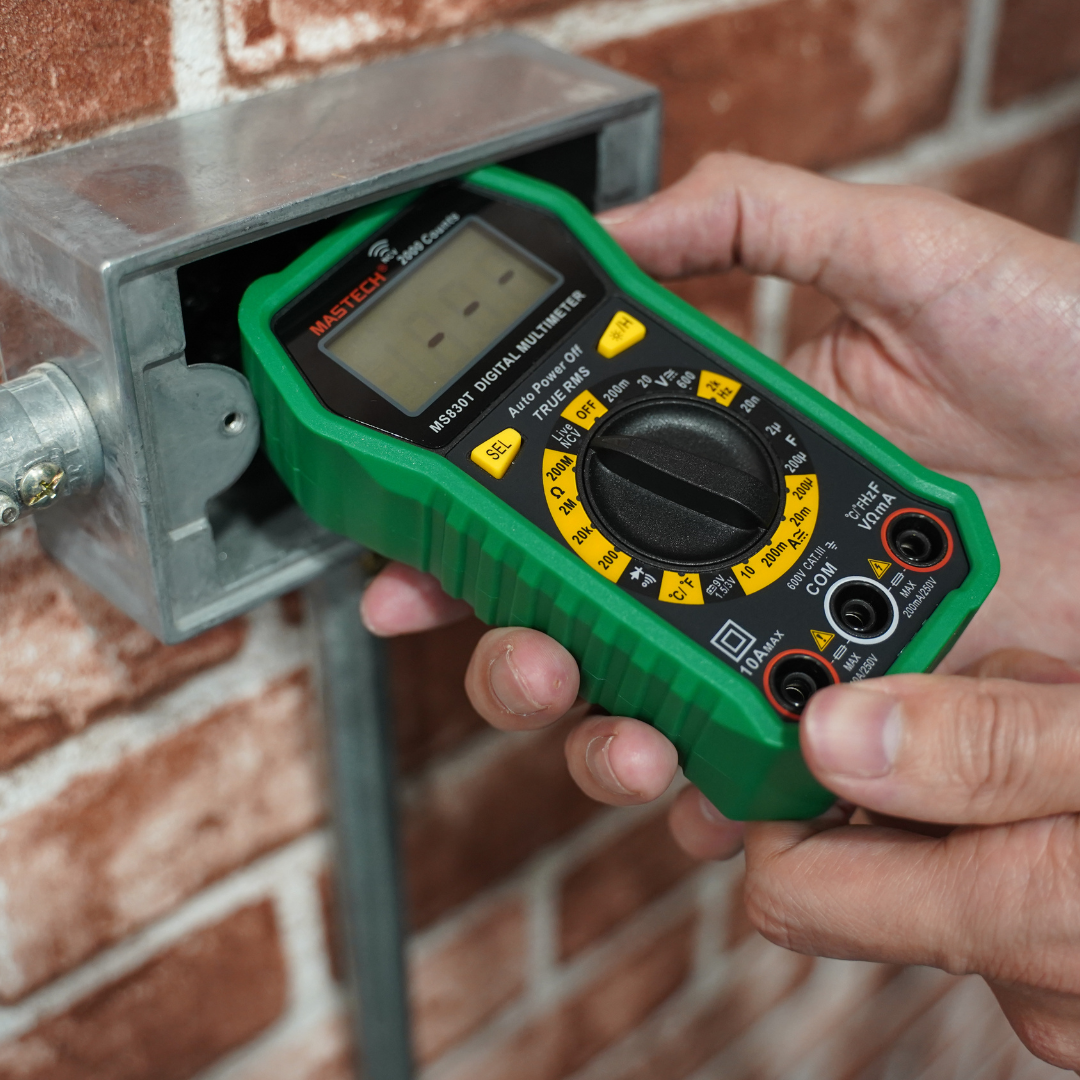

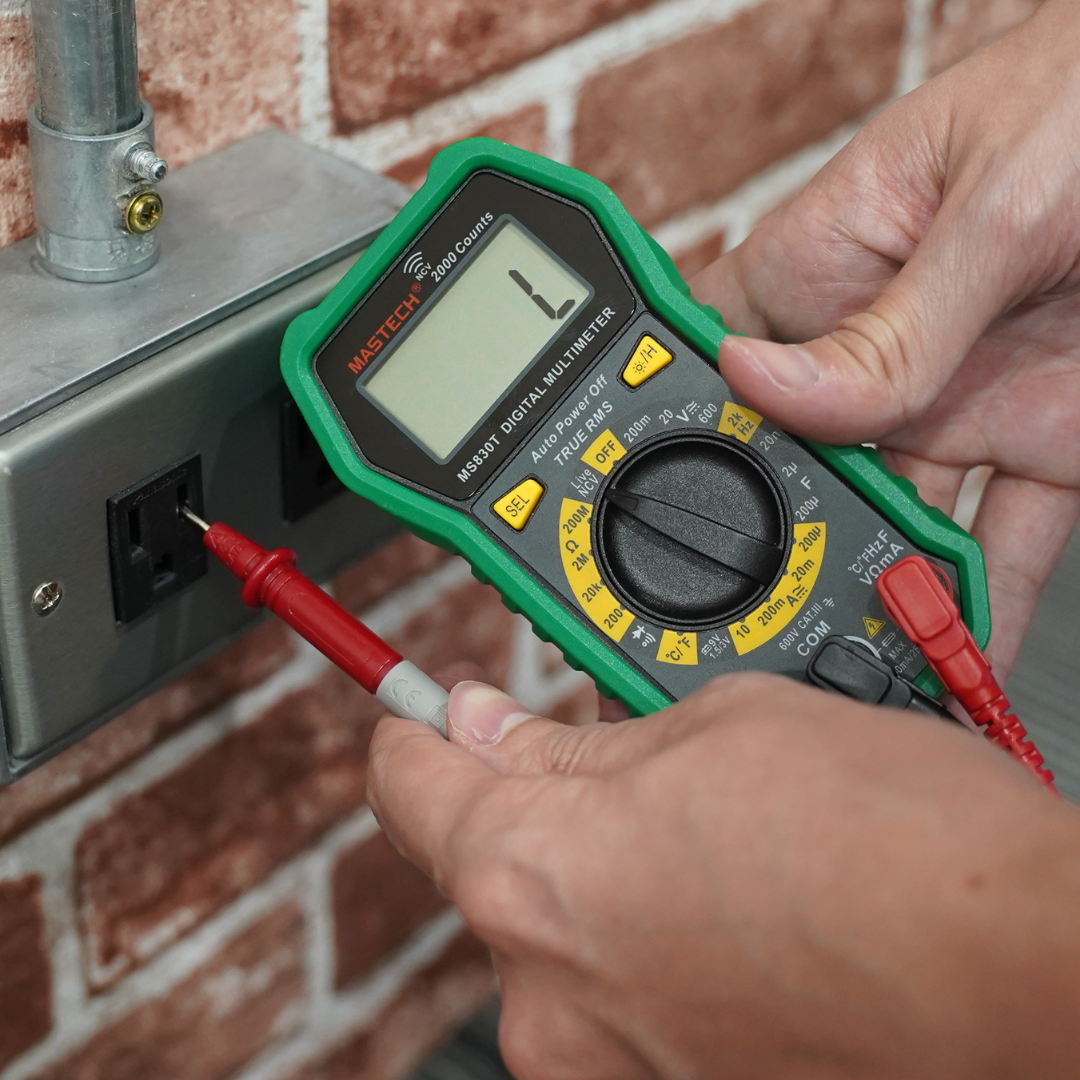

Conclusion
Both NCV and Live Wire Recognition play crucial roles in electrical safety and diagnostics. NCV provides a quick, non-contact method to check for live voltage, making it ideal for safety checks before handling circuits. On the other hand, Live Wire Recognition offers greater precision for identifying specific live wires within a circuit, making it useful for troubleshooting and wiring verification.
When selecting a multimeter or voltage tester, choosing one with both NCV and Live Wire Recognition ensures you have the tools needed for various electrical testing situations. Whether you're a professional electrician or a DIY enthusiast, understanding these features will help you work smarter, safer, and more efficiently.
2025-03-05

 Mastech CN
Mastech CN Mastech TW
Mastech TW